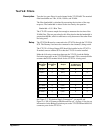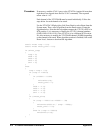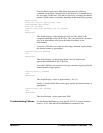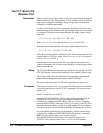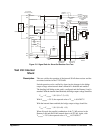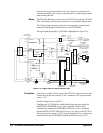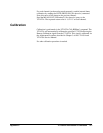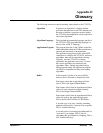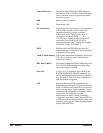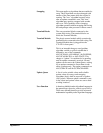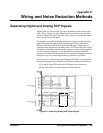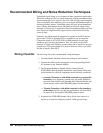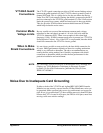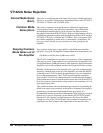
Glossary 479Appendix D
Appendix D
Glossary
The following terms have special meaning when related to the VT1422A.
Algorithm In general, an algorithm is a tightly defined
procedure that performs a task. This manual uses
the term to indicate a program executed within
the VT1422A that implements a data acquisition
and control algorithm.
Algorithm Language The algorithm programming language specific to
the VT1422A. This programming language is a
subset of the ANSI 'C' language.
Application Program The program that runs in the VXIbus controller,
either embedded within the VXIbus mainframe or
external and interfaced to the mainframe.
The application program typically sends SCPI
commands to configure the VT1422A, define its
algorithms, then start the algorithms running.
Typically, once the VT1422A is running
algorithms, the application need only "oversee"
the control application by monitoring the
algorithms' status. During algorithm writing,
debugging and tuning, the application program
can retrieve comprehensive data from running
algorithms.
Buffer In this manual, a buffer is an area in RAM
memory that is allocated to temporarily hold:
Data input values that an algorithm will later
access. This is the Input Channel Buffer.
Data output values from an algorithm until these
values are sent to hardware output channels.
This is the Output Channel Buffer.
Data output values from an algorithm until these
values are read by the application program.
This is the First-In-First-Out or FIFO buffer.
A second copy of an array variable containing
updated values until it is "activated" by an update.
This is "double buffering."
A second version of a running algorithm until it is
"activated" by an update. This is only for
algorithms that are enabled for swapping. This is
also "double buffering."



